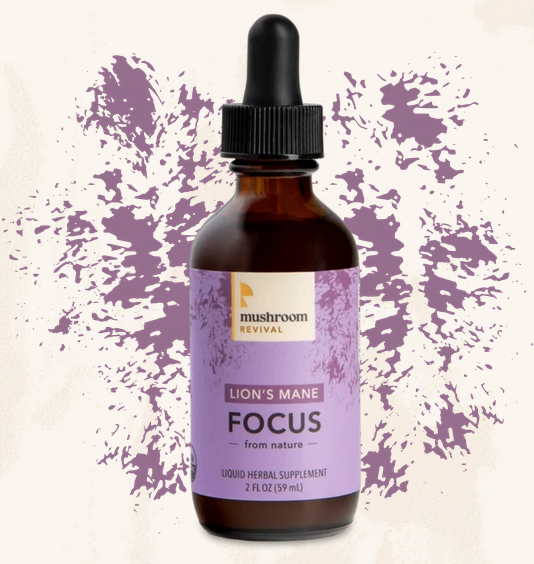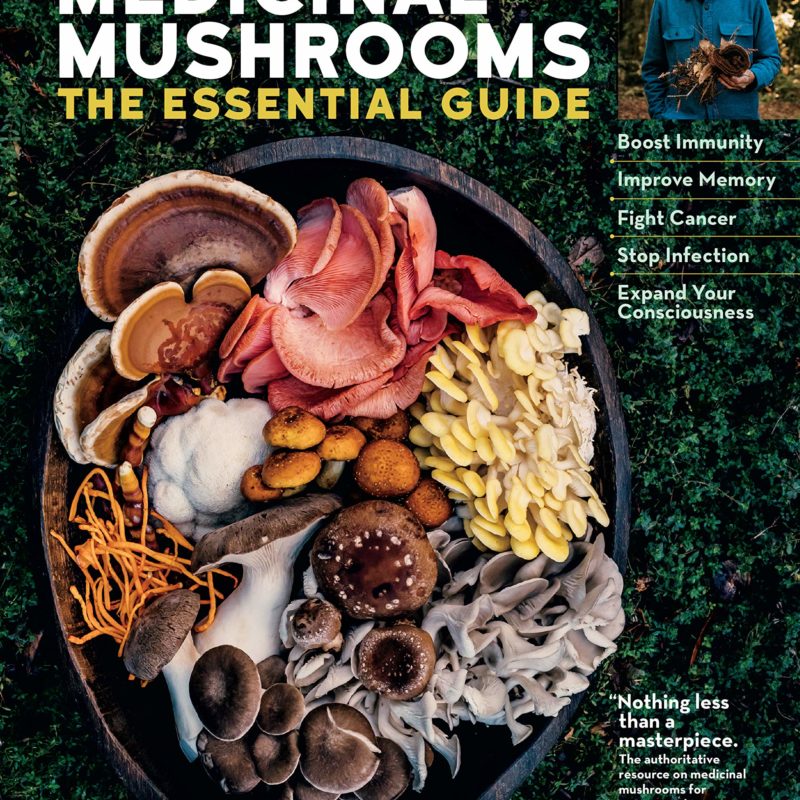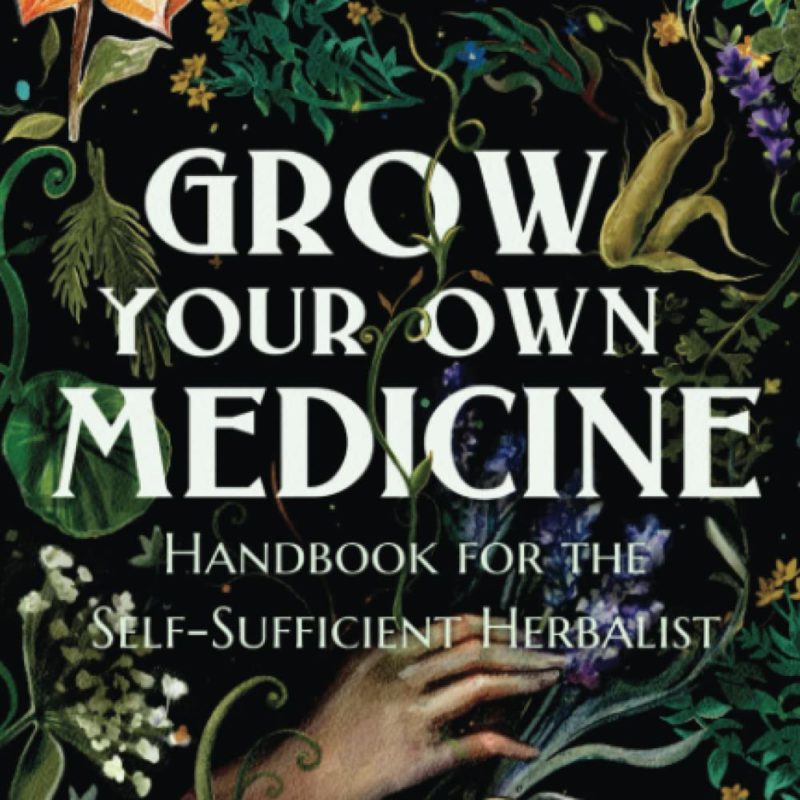Description
Price: $50.99
(as of Aug 25,2023 18:27:55 UTC – Details)
From the Publisher
Mushrooms and Other Fungi of North America


In stunning photographs and meticulous description, naturalist and photographer Roger Phillips presents the mushrooms and other fungi of North America in all their fascinating variety.
Over 1,000 full-color photographs make this the most comprehensively illustrated guide on the subject and the essential resource for the amateur collector, expert mycologist and armchair naturalist. The cap, stem, gills, spines and a cross-section of each mushroom are shown, usually in various stages of growth.
Detailed descriptions for each variety include:
Color and texture of fleshOdor and tasteHabitat and growing seasonDistribution and appearance of sporesEdibility and poison warnings
This most up-to-date and indispensable book contains information on collecting and identifying mushrooms and introduces the amateur to mycology. For greater accuracy of identification, accessible text accompanies each illustration providing precise information on more mushrooms and fungi than found in any other guide.






Endoptychum agaricoides Czerniaiev syn. Agaricus apertus Peck Cap 1–7cm across, 2–10cm high, oval to rounded and generally wider at the base; white becoming dingy to tan; smooth with minute hairs, sometimes becoming scaly. Spore mass like contorted gills, chambered; whitish becoming pale brown in maturity; sometimes slightly powdery. Stem barely exposed, extending up into gleba, attached by a cord to the ground; whitish becoming yellowish. Spores ellipsoid, smooth, brownish, 6.5–8 x 5.5–7μ. Habitat scattered, in groups, or even in dense clusters on lawns, flower beds, pastures, and cultivated or wasteland. Sometimes abundant. Found widely distributed throughout North America. Season: May–October. Edibility not known.
Clitocybe avellaneialba Murr. Cap 5–20cm across, flat becoming sunken to funnel-shaped in age, with an inrolled margin that becomes wavy; olive-brown to grayish or blackish brown; smooth, finely felty or scaly. Gills decurrent, close, narrow; whitish to cream. Stem 50–180 x 10–30mm, stuffed, enlarged toward the base, sometimes curved; brownish, finely felty and furrowed. Flesh thicker on the disc, firm; whitish. Odor not distinctive. Taste not distinctive. Spores broadly spindle-shaped, smooth, nonamyloid, 8–11 x 4–5.5μ. Deposit white. Habitat in groups or clusters on or near rotting logs and debris of alder and conifers. Quite common. Found in the Pacific Northwest and California. Season: September–December. Not edible.
Hygrophorus perplexus Smith & Hesler Cap 1–3cm across, broadly cone-shaped with the margin curved in to the gills, expanding to broadly bell-shaped or flatter with an obtuse umbo; brownish orange slowly developing a greenish or orangish tinge on the margin, then changing from orange-tan and fading to buff-pink; very slimy and sticky with a translucently lined margin. Gills ascending and adnate with a tooth or expanded depressed-adnate, close to subdistant, broad; amber yellow becoming apricot yellow. Stem 30–50 x 2–5mm, sometimes slightly thicker below; pale watery gray with yellowish-buff base, becoming yellow all over; slimy and sticky all over. Flesh very thin, fragile; same color as cap. Odor slight. Taste none. Spores ellipsoid to ovoid, smooth, 6–8 x 4–5μ. Deposit white. Habitat in groups and tufts under aspen and beech on thin sandy soil. Found in Michigan and New Jersey. Season: June–August. Edibility not known.






Lactarius fumosus Pk. Cap 3–10cm across, broadly convex with a shallow depression at the disc, becoming flatter with the margin irregular, sometimes waved, lobed, or ribbed; pale yellowy brown or coffee-colored and tinged with smoky patches; dry, dull, at times minutely cracked in older specimens. Gills adnate to decurrent, crowded, narrow; pale becoming dirty yellow-buff, bruising reddish. Stem 40–110 x 6–15mm, stuffed with a pale pith that stains slower than gills; same color as cap or gills, with a whitish base; dry, dull. Flesh pale slowly changing to pink. Latex milk-white, unchanging, staining cut surfaces reddish. Odor slight. Taste variable; either peppery fading to mild, mild slowly becoming strongly acrid, or slowly and faintly burning. Spores globose to subglobose, amyloid, 7.4–8.7 x 7.4–8.7μ; ornamented with ridges and forked ridges forming a broken reticulum, prominences 0.6–2μ high. Deposit pinkish buff. Season: July–October. Not edible.
Cortinarius calochrous Fr. S. F.Gray subgenus Phlegmacium Cap 4–7cm across, convex; chrome yellow fading to creamy yellow; glutinous. Gills adnexed; pale pinky-violet, remaining so for a long time. Stem 30–60 x 7–15mm, with an abrupt marginate bulb; whitish with violet shades at the apex and yellow veil on the bulb. Flesh whitish with a touch of violet near the stem apex. Odor slight. Taste slight. Spores almond-shaped, warty, 9–11 x 5.5–6.5μ, quotient 1.65. Deposit rusty brown. Habitat in coniferous or mixed woods. Rare. Found in Colorado and east of the Great Plains. Season: August–September. Not edible. Comment: KOH on the cap discolors reddish pink. In Europe American specimens showing the violet tints on the stem would be named Cortinarius calochrous var. caroli (Vel.).
Tylopilus chromapes (Frost) Smith & Thiers syn. Leccinum chromapes (Frost) Singer Cap 3–15cm across, convex becoming flatter, with margin often flared and irregular in age; rose-pink, fading in age. Tubes 5–12mm deep, depressed to nearly free; white, yellowish, finally pinkish or brownish. Pores 2–3 per mm, round to angular; white when young. Stem 40–150x 10–25mm solid, usually pinched off at the base; whitish above to paler pink then deep chrome yellow at base; firm, dry, dotted with pink or reddish scales. Flesh soft; white or pink tinted. Odor not distinctive. Taste very slightly acid. Spores ellipsoid, smooth, 11–17 x 4–5.5μ. Deposit rosy brown. Habitat singly or scattered on the ground under hardwoods or conifers. Found in northeastern North America, south to Georgia. Season: June–August. Edible–good.
Publisher : Firefly Books; Reprint edition (September 23, 2010)
Language : English
Paperback : 384 pages
ISBN-10 : 155407651X
ISBN-13 : 978-1554076512
Item Weight : 2.09 pounds
Dimensions : 6 x 1 x 9 inches






